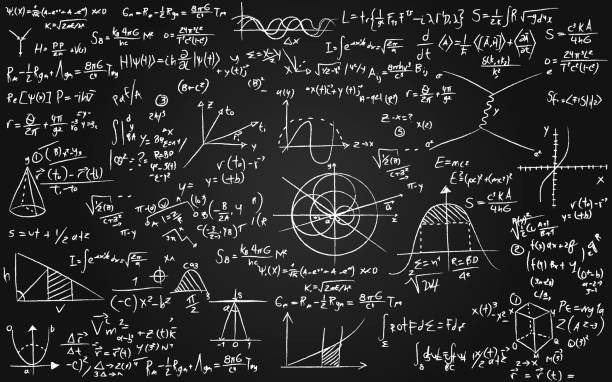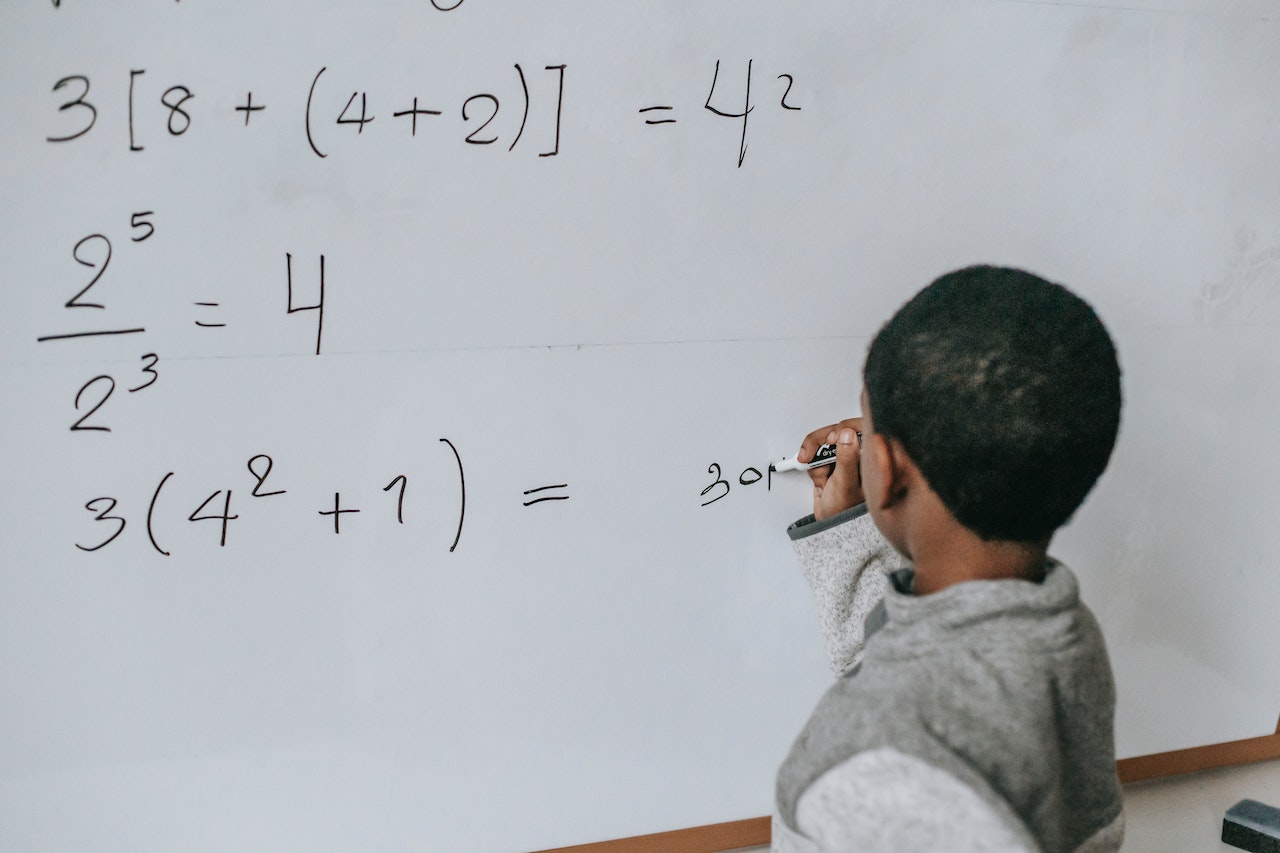Is AI Really Taking Our Jobs—or Just Changing Them?
Published

Artificial intelligence is no longer a distant concept confined to science fiction novels or experimental labs. It has become an everyday reality, woven into the way we live, shop, learn, and work. Whether it’s the recommendation engine behind your favorite streaming service, the chatbot that answers your bank queries, or the generative tools that can draft documents and create images in seconds, AI is everywhere. With this rapid rise, one question continues to echo across boardrooms, classrooms, and kitchen tables: is AI taking our jobs—or just changing them?
The fear isn’t unfounded. History shows us that every wave of technological progress, from the Industrial Revolution to the digital age, has disrupted the workforce. Machines once replaced manual labor on farms, assembly lines, and factories. Computers automated administrative tasks that once required armies of clerks and assistants. Now, AI promises to reach even further, targeting not just physical labor but also mental and creative work—areas once thought safe from automation. Reports warn that millions of roles in customer service, data entry, finance, transportation, and even software development could be at risk. For younger workers entering the market, or for mid-career professionals navigating change, the uncertainty feels especially pressing.
Yet, the story is not one of loss alone. While some jobs may disappear or shrink, others are already being reshaped or born anew. AI has the potential to offload repetitive tasks, giving employees more time to focus on strategy, creativity, and innovation. For example, instead of replacing doctors, AI diagnostic tools can support physicians in identifying illnesses faster and more accurately. In education, teachers are experimenting with AI-driven tools to personalize learning, not to eliminate the role of the teacher but to enhance it. Entirely new fields are emerging too—AI ethicists, prompt engineers, and algorithm auditors are just a few examples of jobs that didn’t exist a decade ago.
The tension between fear and opportunity is what makes this moment so critical. Policymakers, companies, and workers alike must grapple with tough questions: How do we prepare for jobs that don’t yet exist? How do we reskill workers whose roles may be automated? How do we ensure AI enhances human potential rather than deepening inequality?
The reality is that AI is not a simple job-killer, nor is it a magical solution that will free us all from work. It is a disruptive force that will both displace and transform. Understanding where it threatens, where it supports, and where it creates is the first step toward navigating the future of work in the age of intelligent machines.
The History of Technology and Job Disruption
Whenever a new wave of technology emerges, fears of job loss follow close behind. The Industrial Revolution saw machines replace manual labor in agriculture, textile production, and manufacturing. At the time, protests like the Luddite movement in the early 1800s symbolized the panic that human skill would become irrelevant. But while machines did take over repetitive physical tasks, they also created entirely new industries—railroads, shipping, and later telecommunications—that employed millions.
The digital revolution of the late 20th century carried the same anxieties. Computers automated bookkeeping, typing, and data storage. Secretaries, typists, and filing clerks—once essential to every office—declined in number. Yet new careers in IT, software engineering, web design, and cybersecurity exploded, creating millions of jobs that could not have been imagined before the rise of personal computers.
AI represents the next chapter in this ongoing story. What makes it different is its ability to reach beyond routine manual or clerical work into realms of judgment, analysis, and even creativity. Where machines once automated muscle and computers automated memory, AI threatens—or promises—to automate thinking.
Where AI Is Already Taking Over
The fear that AI will replace jobs isn’t entirely speculative—it’s already happening in certain industries.
-
Customer Service & Call Centers: AI-driven chatbots now handle millions of queries daily. For basic troubleshooting, customers rarely need to speak with a human agent. This trend is reducing demand for entry-level call center roles worldwide.
-
Content Production & Marketing: Generative AI can draft product descriptions, marketing copy, and even news summaries in seconds. While editors and writers are still needed for nuance and creativity, the volume of low-level writing roles is already shrinking.
-
Data Entry and Routine Admin: Automating data processing tasks saves time and reduces errors. Once a staple of office jobs, this work is now increasingly performed by AI-driven tools.
-
Finance & Accounting: Automated systems can reconcile transactions, detect fraud, and even suggest investment strategies. Routine accounting roles, particularly at junior levels, are becoming less secure.
What’s striking about these examples is that they affect not only “blue-collar” or manual labor, but also “white-collar” knowledge work. This broadens the reach of disruption and explains why the AI debate feels more urgent than earlier shifts in technology.
The Jobs AI Is Creating
Despite the fear, AI isn’t simply erasing work—it’s generating new categories of employment. Some of these jobs didn’t exist five years ago:
-
AI Trainers and Prompt Engineers: Specialists who teach AI systems how to respond better, or design prompts to generate high-quality outputs.
-
Ethics and Compliance Roles: As governments introduce new regulations, businesses need AI ethicists and compliance officers to ensure algorithms are transparent, unbiased, and lawful.
-
AI Operations and Maintenance: Every AI system requires data management, system updates, and monitoring. These roles are increasingly vital as AI becomes part of business infrastructure.
-
Creative Collaboration Roles: Rather than replacing designers, artists, and musicians, AI is becoming a collaborator. Professionals who learn to leverage AI tools are opening up new possibilities in gaming, filmmaking, advertising, and architecture.
A broader trend is also emerging: jobs that combine human creativity + AI efficiency are the ones thriving. Instead of a zero-sum game, many industries are adopting a “human-in-the-loop” model, where AI accelerates processes but humans add judgment, empathy, and originality.
The Human Cost of Transition
The challenge isn’t just about whether jobs exist, but about how people adapt. When technology disrupts industries, workers often bear the brunt of transition. A customer service agent can’t instantly become a data scientist, and a truck driver may not pivot overnight to AI system management. Reskilling takes time, resources, and opportunity—and not everyone has equal access to them.
Youth and entry-level workers are feeling this shift acutely. Many companies are cutting back on “starter” roles because AI tools can handle simple tasks. This makes it harder for young professionals to gain experience and climb career ladders. Older workers, meanwhile, worry about being left behind in a market that demands constant retraining.
There’s also the psychological dimension. Even if AI doesn’t fully replace a role, the perception of being “replaceable” can lead to job insecurity, stress, and lower job satisfaction. Workers may stay in jobs they dislike (“job hugging”) simply out of fear that opportunities are drying up. This erosion of confidence in the labor market can have ripple effects across the economy.
Preparing for the Future of Work
So, what can be done? The AI shift isn’t inevitable doom, but it does require deliberate choices.
-
Lifelong Learning: Workers can no longer rely on one degree or skillset to last a career. Continuous upskilling—through online courses, certifications, and hands-on training—will be essential.
-
Policy and Safety Nets: Governments must rethink social contracts, from unemployment insurance to retraining programs, ensuring that displaced workers aren’t left behind.
-
Corporate Responsibility: Companies that adopt AI at scale should also invest in reskilling employees, not just replacing them. Forward-thinking firms are already retraining staff to work alongside AI tools rather than being displaced by them.
-
Mindset Shift: Workers who embrace AI as a partner rather than a rival are more likely to thrive. Learning how to collaborate with AI—whether in creative brainstorming, problem-solving, or analysis—will define the next generation of successful professionals.
Ultimately, the future of work won’t be about humans versus machines, but about how humans and machines can work together. The societies that adapt quickly, provide pathways for their workers, and foster innovation responsibly will be the ones that emerge strongest.
Conclusion: A Balancing Act in the Age of AI
The debate over whether AI is “taking jobs” or merely “changing them” cannot be answered with a simple yes or no. The truth is far more nuanced—and far more important for workers, businesses, and policymakers to understand. AI is not a singular force sweeping across the economy in one uniform way; rather, it acts differently across sectors, job types, and even generations. In some industries, like customer service or basic data processing, AI has already eliminated roles that once employed millions. In others, such as healthcare, design, and education, it is acting more like a partner—augmenting human skills instead of replacing them.
This duality means that the future of work will not be about mass unemployment or utopian freedom from labor. Instead, it will be defined by transition—the shift from old job categories into new ones, from traditional career paths into hybrid roles that blend human creativity with machine efficiency. History shows us that such transitions are not painless. When industrial machines replaced farm workers, migration to cities and the rise of factory labor created social upheaval. When computers disrupted offices, workers had to retrain, reskill, and, in many cases, reinvent their professional identities. AI is simply the next stage of that evolution, though its speed and scope make it uniquely challenging.
The critical issue is not whether jobs exist, but whether people are prepared to do them. Displacement is inevitable for some roles, but obsolescence doesn’t have to mean despair. The real danger lies in the gap between those who adapt and those who cannot—or are not given the tools to. If companies, governments, and educational institutions fail to provide pathways for reskilling, the AI revolution could widen inequality and leave millions behind. On the other hand, with proactive policies and an emphasis on lifelong learning, AI could spark a new era of productivity, creativity, and opportunity.
Equally important is the human dimension of work. Jobs are not just sources of income—they provide meaning, structure, and identity. Even if AI boosts efficiency, societies must grapple with deeper questions: What happens to dignity and purpose when machines take over routine work? How do we ensure that work remains fulfilling rather than hollowed out? These questions cannot be solved by technology alone; they require cultural, ethical, and political reflection.
Looking forward, the most successful professionals will be those who see AI not as a competitor, but as a collaborator. Just as calculators didn’t erase the need for mathematicians, but changed how they worked, AI will not eliminate the need for humans—it will redefine the nature of their contributions. The real winners of the AI age will be the workers, companies, and nations that embrace adaptation with courage, curiosity, and foresight.
So, is AI really taking our jobs—or just changing them? The answer, paradoxically, is both. AI will take some jobs, change many more, and create entirely new categories we cannot yet imagine. The challenge—and the opportunity—lies in how we navigate this transformation. The future of work is not predetermined; it is a story we are writing together, in real time. And whether it becomes one of loss or of possibility depends on the choices we make today.








